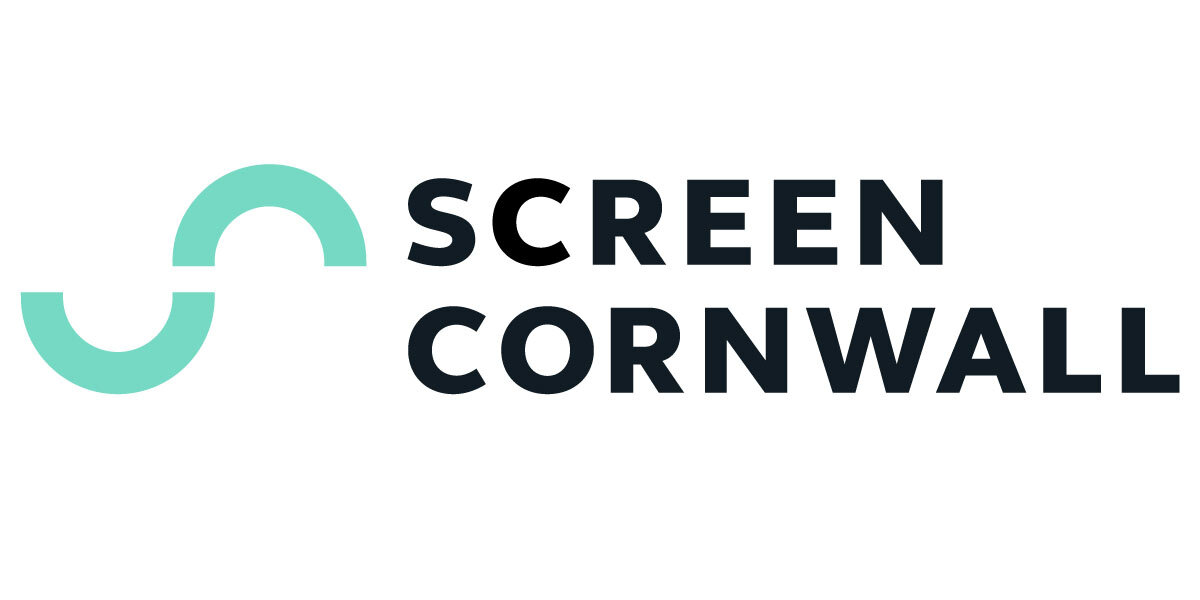So, in the spirit of innovation, we have partnered with Immersive Business at Falmouth University to trial a new way of capturing 360⁰ initial location photography using a stereoscopic camera. Our aim with this pilot project is to reduce unnecessary travel to Cornwall by providing production companies based elsewhere with 360⁰ images of their chosen locations.
We’ve crunched the data, and it cost on average 0.14 tonnes of CO2 for a location scout to travel from London to Cornwall and back. Digitising this initial stage, which includes hosting and sending the image files, would cost a mere
0.000006 tonnes. These images will allow the production company to journey to the location virtually, just by using a laptop. The images provide full capture of the location space, highlighting not only the aesthetics of a location but logistics and accessibility too, enabling location scouts to make an informed decision before traveling into our region.
To get the ball rolling, the Screen Cornwall team ventured out with Immersive Business’ Rose Goodship and Johnny Pope to trial using the Insta360 Titan camera in a disused china clay pit filled with rainwater, now one of the largest man-made bodies of water in Europe and one of our most impactful filming locations.
The camera is controlled by a special application on a tablet. We secured the camera on a tripod and placed it on the water’s edge. Because of the 360⁰ shooting, we stepped away from the camera so as not to obscure the image and used the tablet to see what we were photographing.
Using the camera in this space gave us the advantage of seeing not only the depth and breadth of the lake but also how the rock banks sloped towards the water around the edge and the scope of our access to the site itself, all within the same picture.
Once the picture has been taken, the Insta360 Titan auto-stitches the media from each of its eight lenses inside the camera’s unique program. This means that we can quickly and efficiently create a 360⁰ image for production companies to view, available to send via a URL and host on a website with carbon-neutral hosting. Productions will be able to easily share the images as well as reduce the carbon associated with multiple uploads and downloads. There’s also an added bonus that these images can be viewed in a VR headset, further bringing the space to life.
We are moving forward with experimenting in immersive space with more productions looking at 360⁰ not only a location asset but as a means of production, particularly with the BFI funding their first narrative drama in 360⁰ and as tools to capture 360⁰ film become cheaper and more widely available. It’s also our vision that the legacy of this project will be transferring the skills to use this new technology to our local freelance crew.

